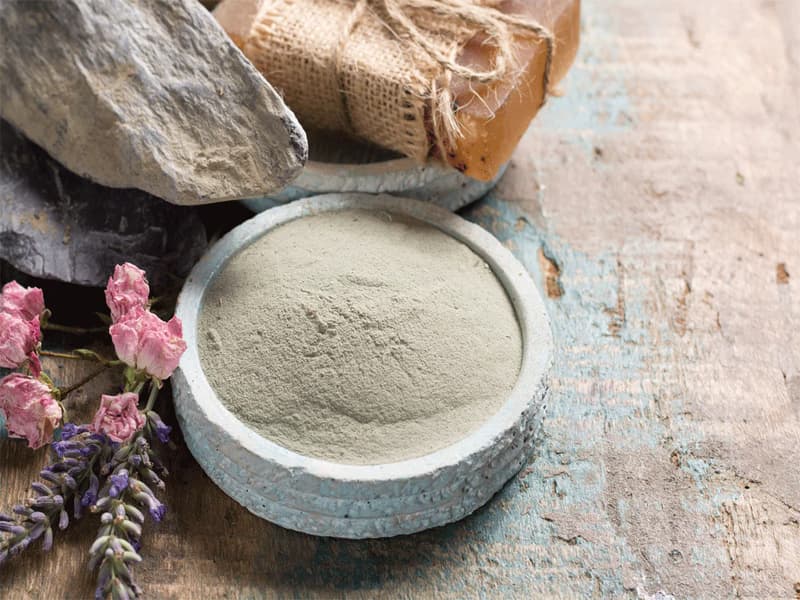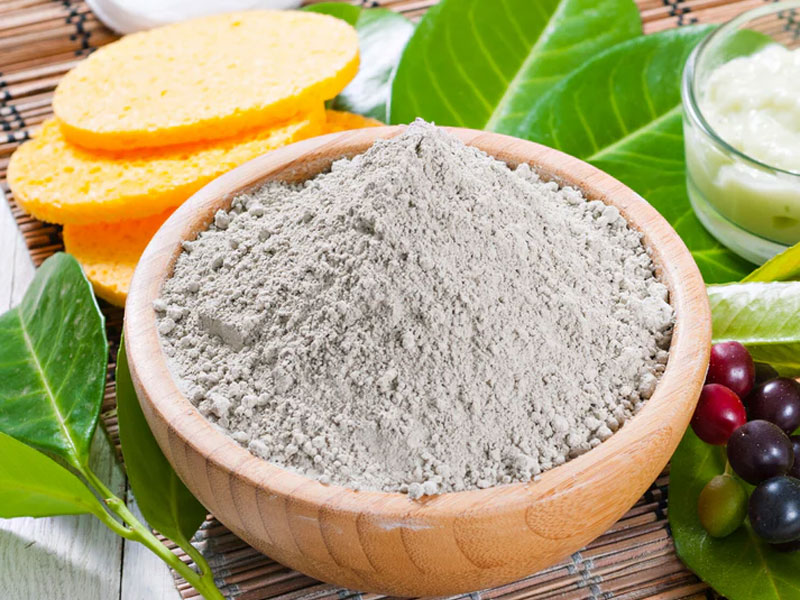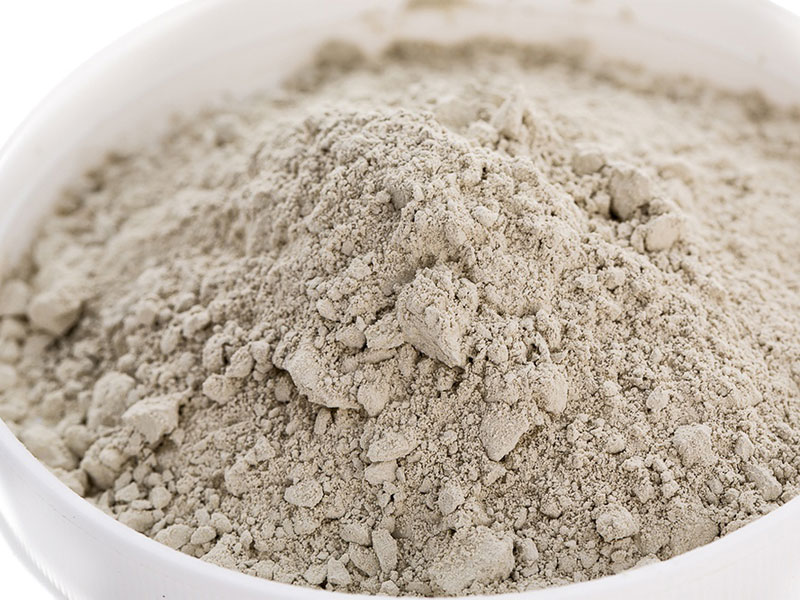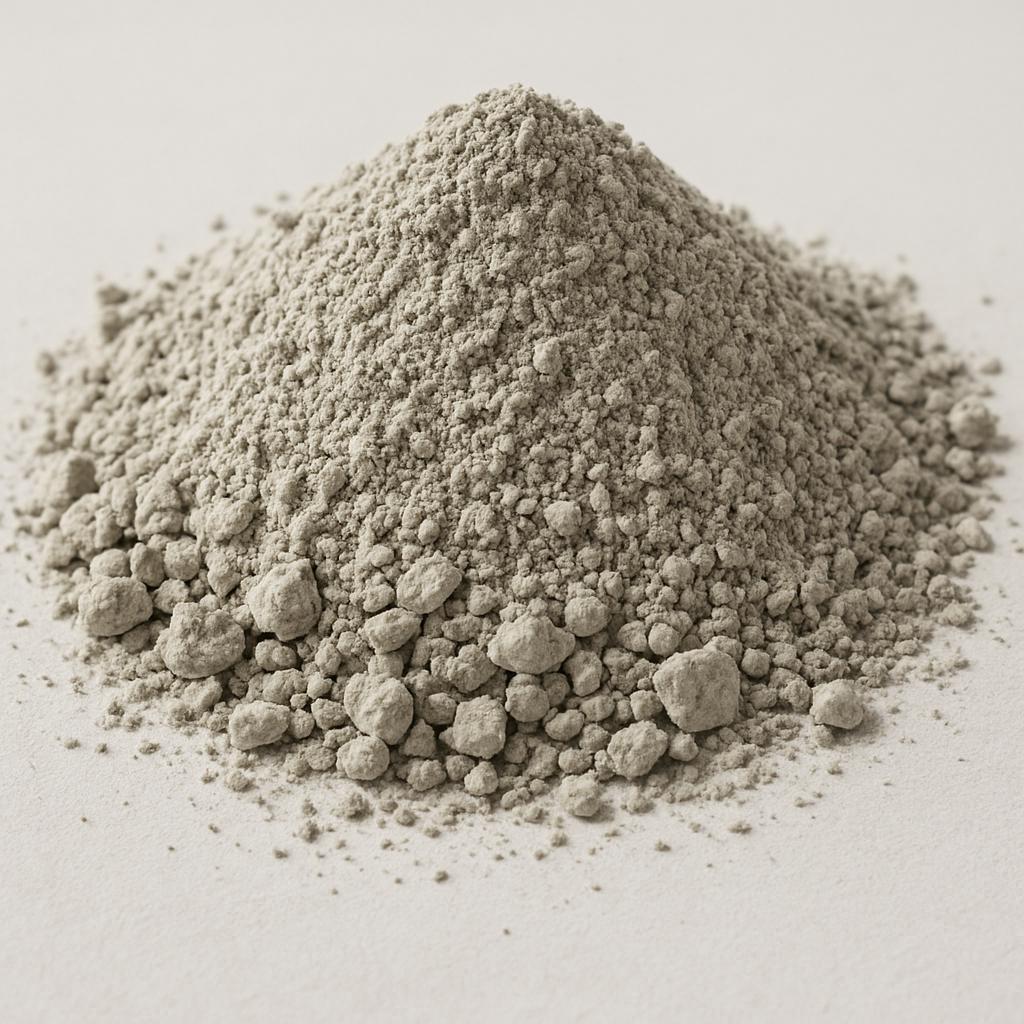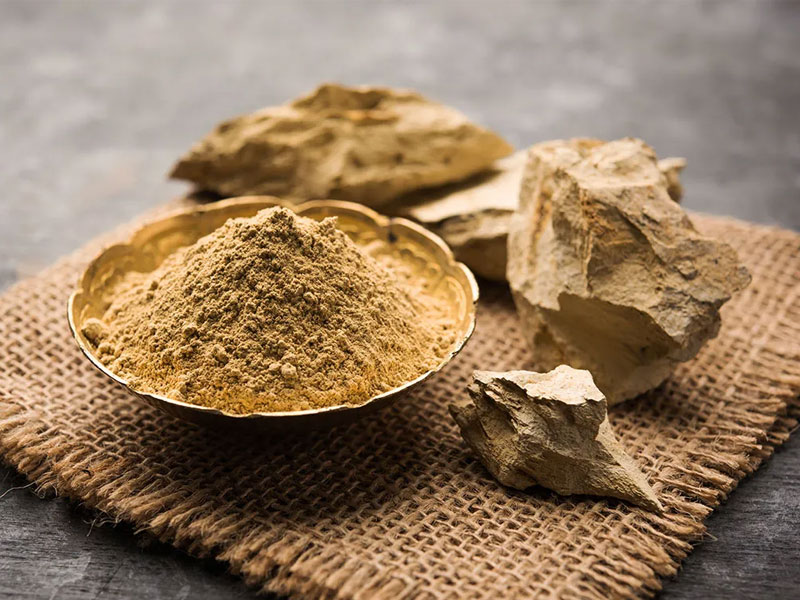kaolin clay for soap
In the world of soap making, the quest for the perfect ingredients to create a luxurious and effective product never ceases. One such versatile ingredient that has gained popularity among soap makers is kaolin clay. Kaolin, a naturally occurring mineral, has a wide range of uses in various industries, and when it comes to soap making, its benefits are undeniable. In this article, we will delve into the myriad uses of kaolin in soap making and how it can elevate the quality of your handmade soaps. you can see Kaolin Powder Price on vornaco
The Origins of Kaolin
Before we dive into its uses, let’s start by understanding the origins of kaolin. Named after the Kao-Ling mountain in China, where it was first discovered, kaolin is a soft, white clay that is rich in the mineral kaolinite. It has been used for centuries in various applications, including skincare and pottery. you can read more about kaolin clay uses on vornaco article.
is kaolin clay soap good for oily skin
Yes, kaolin clay soap can be beneficial for oily skin. Here are some reasons why:
- Oil Absorption: Kaolin clay is known for its ability to absorb excess oil without stripping the skin of its natural moisture. This makes it ideal for oily skin types.
- Gentle Exfoliation: The fine texture of kaolin clay provides gentle exfoliation, which helps in removing dead skin cells and preventing clogged pores.
- Soothing Properties: Kaolin clay has soothing properties that can help calm inflammation and redness, making it suitable for sensitive or acne-prone skin as well.
- Balancing: It helps to balance the skin’s oil production, contributing to a clearer complexion over time.
If you’re considering using kaolin clay soap, it’s a good idea to check the ingredient list to ensure it doesn’t contain harsh additives that may irritate your skin. Would you like more information on how to use it or any specific products to try?
what does kaolin clay do in soap
Gentle Exfoliation
Kaolin clay’s finely powdered texture makes it an excellent natural exfoliant for soap. When incorporated into soap formulations, it helps remove dead skin cells gently, leaving the skin looking fresh and rejuvenated.
Skin Detoxification
One of the key benefits of kaolin clay is its ability to detoxify the skin. It absorbs excess oil and impurities, making it an ideal choice for those with oily or acne-prone skin. Incorporating kaolin into your soap can help promote clearer, healthier skin.
Enhancing Texture
Kaolin clay lends a silky, smooth texture to soap bars. This enhances the overall feel of the soap, making it a pleasure to use. The addition of kaolin can elevate your soap from ordinary to extraordinary.
Natural Coloring
Kaolin clay is naturally white, making it an excellent choice for achieving a pure and natural white color in your soap. It serves as an alternative to artificial colorants, ensuring a clean and appealing appearance for your soap products.
Improved Lather
Soap enthusiasts appreciate a rich and creamy lather. Kaolin clay can help enhance the lathering properties of your soap, creating a luxurious bathing experience.
Kaolin clay soap benefits
. Here are some of the key benefits of incorporating kaolin clay into soap:
1. Gentle Exfoliation of kaolin clay soap benefits
Kaolin clay provides gentle exfoliation, helping to remove dead skin cells without being harsh. This results in a smoother, brighter complexion and encourages skin renewal.
2. Absorption of Oils and Impurities
Kaolin clay is excellent at absorbing excess oils and impurities from the skin. This makes it particularly beneficial for oily and combination skin types, helping to reduce shine and prevent breakouts.
3. Soothing Properties
Kaolin clay has soothing properties that can help calm irritated or sensitive skin. It’s often recommended for those with conditions like eczema or rosacea due to its gentle nature.
4. pH Balancing
kaolin clay soap benefits can help balance the skin’s pH levels, making it an ideal ingredient for maintaining healthy skin. This balance can also contribute to overall skin health.
5. Oil Control of kaolin clay soap benefits
By absorbing excess oil, kaolin clay helps control shine, making it suitable for individuals with oily skin. This can lead to a more matte finish, reducing the likelihood of clogged pores.
6. Natural Colorant
Kaolin clay adds a beautiful, natural, and creamy color to soap without the need for synthetic dyes. This enhances the aesthetic appeal of handmade soaps.
7. Improved Texture
Inclusion of kaolin clay can improve the texture of soap, providing a luxurious and smooth feel when applied to the skin. It can also contribute to a creamier lather.
8. Detoxifying Properties
Kaolin clay is known for its detoxifying benefits, as it helps draw out toxins and impurities from the skin, promoting a clearer and healthier appearance
Incorporating Kaolin into Soap Recipes
Here’s a simple and effective recipe for making cold process soap with kaolin clay. This recipe is designed for beginners and yields about 2 pounds (approximately 8 bars) of soap.
To create a basic kaolin clay soap, you’ll need:
- 400 grams of olive oil
- 200 grams of coconut oil
- 100 grams of palm oil
- 100 grams of shea butter
- 90 grams of sodium hydroxide
- 200 grams of water
- 2 tablespoons of kaolin clay
- Essential oils for fragrance (optional)
Read More: kaolin pectin for dogs
kaolin clay for soap making
Kaolin clay, also known as China clay, is a soft, white clay that has been used for centuries in various applications, including cosmetics and pottery. It’s particularly valued in soap making for its unique properties and benefits. Here’s a detailed overview of how kaolin clay can enhance the soap-making process.
Step 1: Safety First
Before you begin, ensure you’re wearing safety goggles, gloves, and working in a well-ventilated area. Safety is paramount when working with sodium hydroxide.
Step 2: Mixing the Lye Solution
Carefully mix the sodium hydroxide with water, stirring until fully dissolved. Allow the solution to cool.
Step 3: Preparing the Oils
Combine olive oil, coconut oil, palm oil, and shea butter in a large pot. Heat gently until the oils melt, then remove from heat and let it cool to around 110°F (43°C).
Step 4: Combining the Ingredients
Pour the lye solution into the pot with the oils. Use a stick blender to mix until the mixture reaches trace – a consistency resembling thin pudding.
Step 5: Adding Kaolin Clay
Add two tablespoons of kaolin clay to the soap mixture and blend until fully incorporated.
Step 6: Fragrance (Optional)
If desired, add a few drops of your favorite essential oils for fragrance.
Step 7: Molding and Curing
Pour the soap mixture into molds and allow it to cure for at least 4-6 weeks before use. This ensures the soap hardens and becomes milder on the skin.
how much kaolin clay per pound of soap
When using kaolin clay in soap making, the general recommendation is to use 1% to 3% of the total weight of oils in your soap recipe. Here’s a quick breakdown on how to calculate the amount of kaolin clay per pound of soap
how much kaolin clay to add to soap
When adding kaolin clay to soap, a general guideline is to use between 1% to 3% of the total weight of oils in your soap recipe. Here’s how to calculate the appropriate amount based on a standard soap recipe:
Calculation Using the Total Weight of Oils
- Total Oil Weight: Determine the total weight of oils in your soap recipe. For example, if you have 16 ounces of oils, you would calculate the amount of kaolin clay as follows:
- 1%:
- 1% of 16 ounces = 0.16 ounces of kaolin clay
- 2%:
- 2% of 16 ounces = 0.32 ounces of kaolin clay
- 3%:
- 3% of 16 ounces = 0.48 ounces of kaolin clay
- 1%:
Summary Table of add kaolin to soap
| Percentage | Ounces of Kaolin Clay per Pound (16 oz) |
|---|---|
| 1% | 0.16 ounces |
| 2% | 0.32 ounces |
| 3% | 0.48 ounces |
Additional Tips
- Mixing: For best results, mix the kaolin clay with a small amount of water or oil before adding it to your soap mixture. This helps prevent clumping and ensures even distribution.
- Testing: Always test a small batch to see how the clay affects your soap’s texture and feel. You can adjust the amount based on your personal preference or the specific properties you desire.
- Usage Restrictions: While kaolin clay is safe for most skin types, always perform a patch test if you’re introducing it to your skincare routine.
By following these guidelines, you can effectively incorporate kaolin clay into your soap for its beneficial properties like gentle exfoliation, oil absorption, and improved texture. If you have more questions or need help with something specific, feel free to ask!
kaolin clay cold process soap
Making kaolin clay cold process soap is a rewarding project that harnesses the natural benefits of kaolin clay for a gentle, exfoliating, and soothing soap. Below is a step-by-step recipe along with tips for creating your own kaolin clay cold process soap.
Kaolin Clay Cold Process Soap Recipe
Ingredients
- Oils:
- 12 oz. Olive Oil
- 8 oz. Coconut Oil
- 8 oz. Palm Oil
- 4 oz. Sweet Almond Oil (or another liquid oil)
- Lye Solution:
- 4.8 oz. Lye (sodium hydroxide)
- 12 oz. Distilled Water
- Additives:
- 1 oz. Kaolin Clay (adjust based on preference)
- Optional: 1 oz. Essential oils for fragrance (e.g., lavender, lemon, or tea tree)
- Optional: Colorants (natural or cosmetic-grade)
Equipment Needed
- Safety goggles and gloves
- Accurate kitchen scale
- Heat-safe containers for lye and oils
- Stainless steel or ceramic mixing bowls
- Stick blender
- Soap mold
- Measuring spoons
- Plastic wrap or a towel for insulation
- Thermometer
- Spatula
Step-by-Step Instructions
- Prepare Your Workspace:
- Ensure you have everything set up in a clean, well-ventilated area. Gather your ingredients and equipment.
- Safety First:
- Wear gloves and goggles while working with lye, as it is caustic. Ensure you are working in a well-ventilated area.
- Mix the Lye Solution:
- In a heat-safe container, slowly add the lye to the distilled water (never add water to lye). Stir gently until the lye is completely dissolved. The solution will heat up rapidly. Set aside to cool.
- Melt the Oils:
- In a large pot, combine the coconut oil, palm oil, and sweet almond oil. Heat gently until melted. After melting, add the olive oil. Allow the oils to cool to about 100°F to 110°F (38°C to 43°C).
- Prepare Kaolin Clay:
- In a small bowl, mix the kaolin clay with a small amount of the oils (about 1-2 tablespoons) to create a smooth slurry. This will help the clay blend into the soap without clumping.
- Combine Lye and Oils:
- Once both the lye solution and the oils are at similar temperatures, carefully pour the lye solution into the oils. Blend with a stick blender until you reach a light trace (the mixture should thicken slightly and leave a trail when you drizzle a little on top).
- Add Kaolin Clay and Essential Oils:
- Add the kaolin clay slurry to the soap mixture and blend until fully incorporated. If you’re using essential oils, add them now as well and mix thoroughly.
- Pour into Mold:
- Pour the soap mixture into your mold, smoothing the top with a spatula. If you’d like, you can create texture on the top with a spatula or other tools.
- Insulate and Let Sit:
- Cover the mold with plastic wrap or a towel to insulate it. Allow the soap to sit for 24-48 hours until it hardens.
- Unmold and Cut:
- Once the soap is firm, carefully remove it from the mold and cut it into bars.
- Cure the Soap:
- Place the soap bars on a drying rack or in a well-ventilated area to cure for 4-6 weeks. This allows the lye to fully saponify and the soap to harden.
Final Tips
- Storage: Store your cured soap in a cool, dry place. Wrap them in paper or store them in a container to keep them from attracting moisture.
- Testing: Before using your soap, ensure it’s fully cured and has a balanced pH. A pH test strip can help determine this.
- Customization: Feel free to experiment with different essential oils, colorants, and other natural additives to tailor your soap to your preferences.
is kaolin clay soap safe to eat ?
Kaolin clay is generally considered safe for external use in products like soap and cosmetics, but it is not safe to eat. Here are some important points to consider:
Safety Considerations
- Cosmetic Use:
- Kaolin clay is commonly used in skincare products for its exfoliating, oil-absorbing, and soothing properties. It’s approved for topical application but not for ingestion.
- Ingestion Risks:
- Consuming kaolin clay can lead to gastrointestinal issues such as constipation, nausea, or even more serious complications, depending on the quantity consumed and individual sensitivity.
- Food-Grade vs. Cosmetic-Grade:
- While there is food-grade clay used in certain health and wellness supplements (for example, bentonite clay), kaolin clay used in cosmetics is typically not produced for consumption and may contain impurities or additives that are not safe to ingest.
- Toxicity and Contaminants:
- Non-food-grade clays can contain toxins or contaminants that pose health risks if ingested.

Conclusion
Kaolin clay is indeed a versatile wonder in the world of soap making. Its gentle exfoliating properties, skin detoxification abilities, and other benefits make it a valuable addition to your soap recipes. Whether you’re a seasoned soap maker or just starting out, experimenting with kaolin clay can lead to delightful and skin-friendly results.

